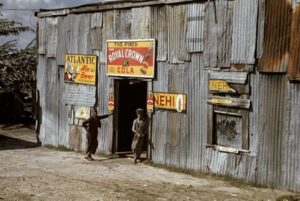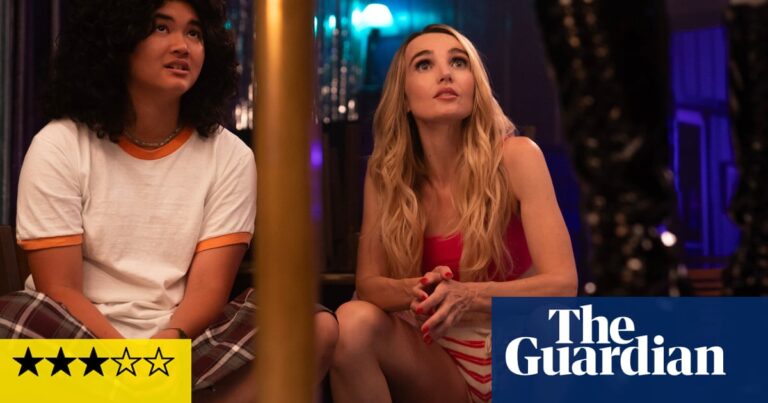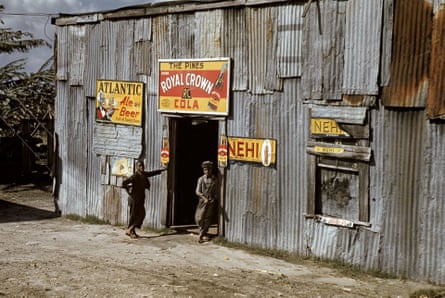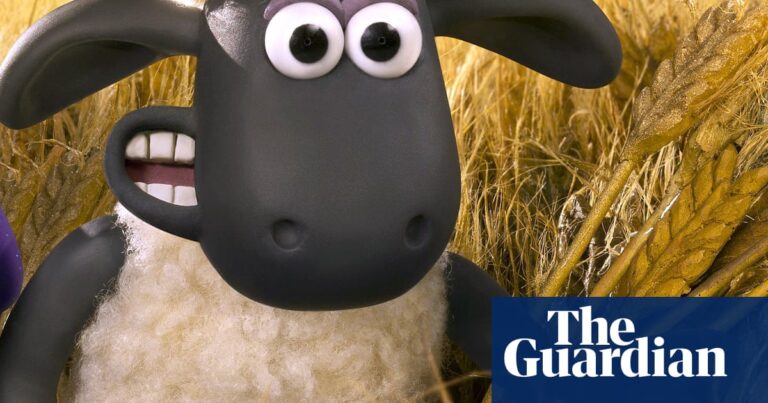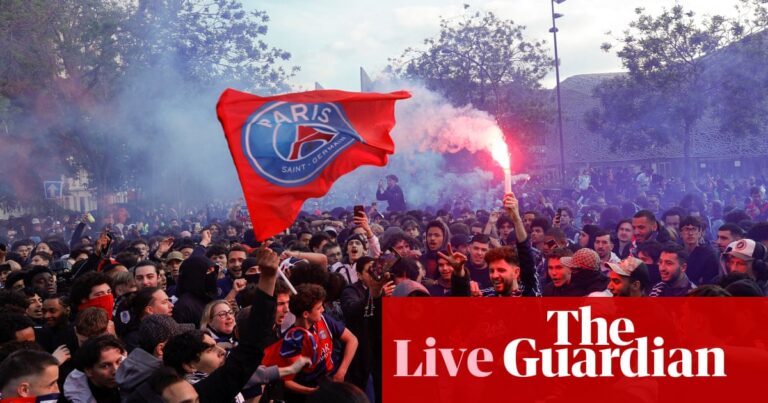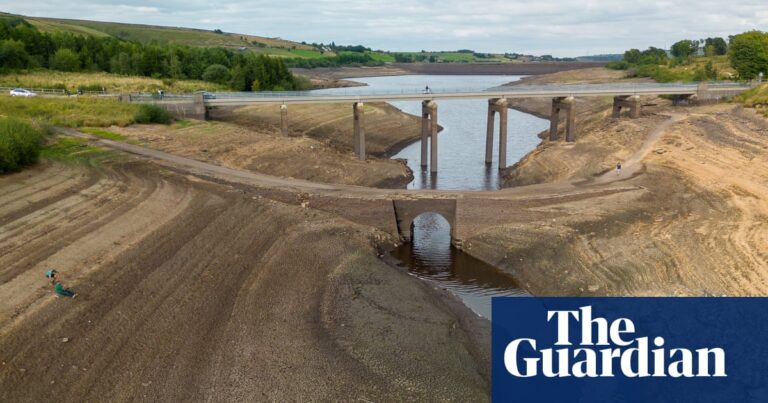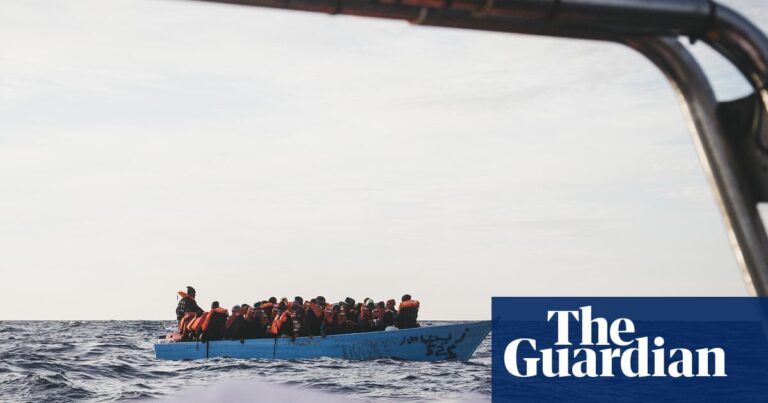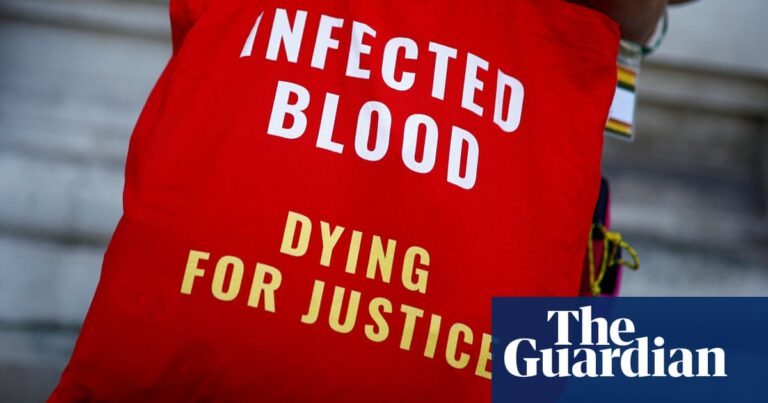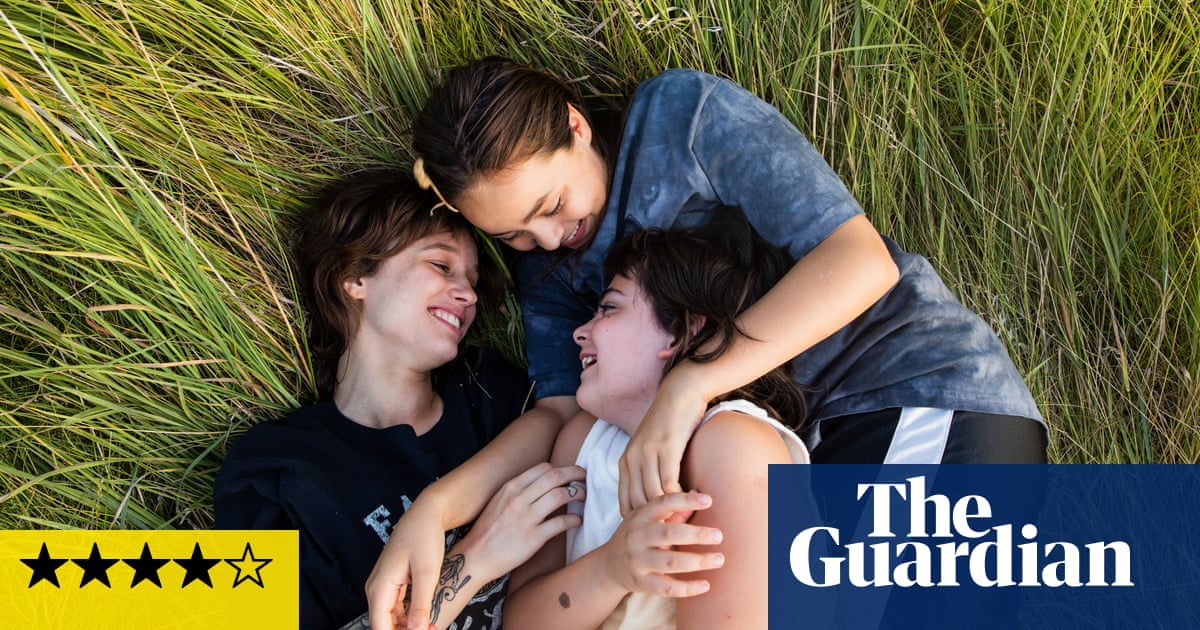
Like an unusually designed coat featuring quirky details and an interesting fabric choice from a young designer’s first collection, Swedish writer-director Mika Gustafson’s feature debut has raw edges and some sloppy stitching in places, but the whole is fresh, directional and beautifully cut. Sure, it’s not hard to spot the influences that consciously or not infuse the work, from Sofia Coppola’s The Virgin Suicides and The Bling Ring (with their lolling sisters and girl-gang antics respectively), to Andrea Arnold’s studies of lost or neglected adolescents (Fish Tank, American Honey) and the tender social realism of Hirokazu Kore-eda (Nobody Knows, Shoplifters). In fact, Paradise Is Burning overlaps significantly with the plot of Nobody Knows, both being stories about underage siblings abandoned by their parents and surviving as best they can on no income or adult supervision. Yet in the end, this has its own particular vibe and flavour, a wooziness only partly related to the frequent scenes of characters getting stoned or drunk over the course of many long, sunlit Scandinavian summer evenings.
Gustafson and co-writer Alexander Öhrstrand’s script is light on specifics but it’s pretty easy to work out the basics: the mother (never seen) of the three sisters at the heart of the story has gone missing, and not for the first time. Sixteen-year-old eldest Laura (Bianca Delbravo, in an award-deserving performance) has stepped up to look after the younger two, 12- or 13-year-old Mira and seven-year-old Steffi (Dilvin Asaad and Safira Mossberg, both also exceptional). The dishes pile up unwashed but Laura makes sure Steffi gets cleaned up properly if she wets the bed and gets to school approximately on time. They have a system worked out for shoplifting groceries, and a neighbour (Marta Oldenburg) who helps out when they suddenly need sanitary pads for Mira’s first period.
For kicks and supplementary snacks, they break into nearby homes, along with a gaggle of other girls spanning the same age range, to play in the pool and raid the larders. It’s after getting caught by one homeowner and needing to hide out from his pursuit that Laura meets Hanna (Ida Engvoll), a grown woman with her own freight of unexplained trouble, who offers Laura food and shelter. Intrigued by Laura’s stories of home incursions, Hanna starts tagging along, plundering strangers’ cannabis stashes, listening to their records and reading diaries. Laura starts to hope she might be able to get Hanna to impersonate her mother when the social workers come for a pending home visit.
Readers who have interacted with children’s services professionals themselves or may even work in that field might be aghast at the staggering laxity of the professionals here; is it really standard operating procedure in Sweden? Certainly it’s not hard to believe that kids in crisis can sometimes slip through the cracks even in the most efficient of states. Facts may be irrelevant anyway, as there’s a sense that this is all happening in a kind of dream world, a place where girls have established rituals to celebrate a comrade’s first period and the loss of a baby tooth, rites involving blood and its symbolic representative, red wine. Kids – they grow up so fast.
Source: theguardian.com



